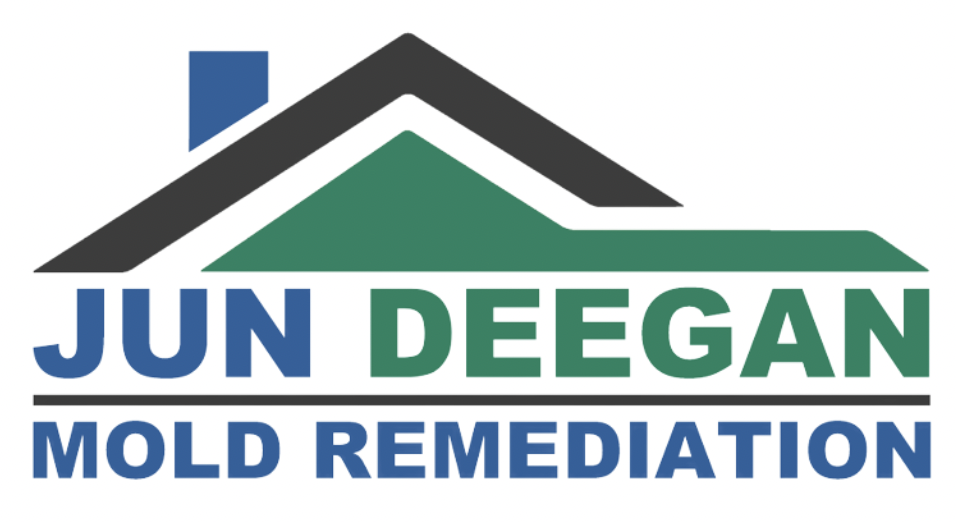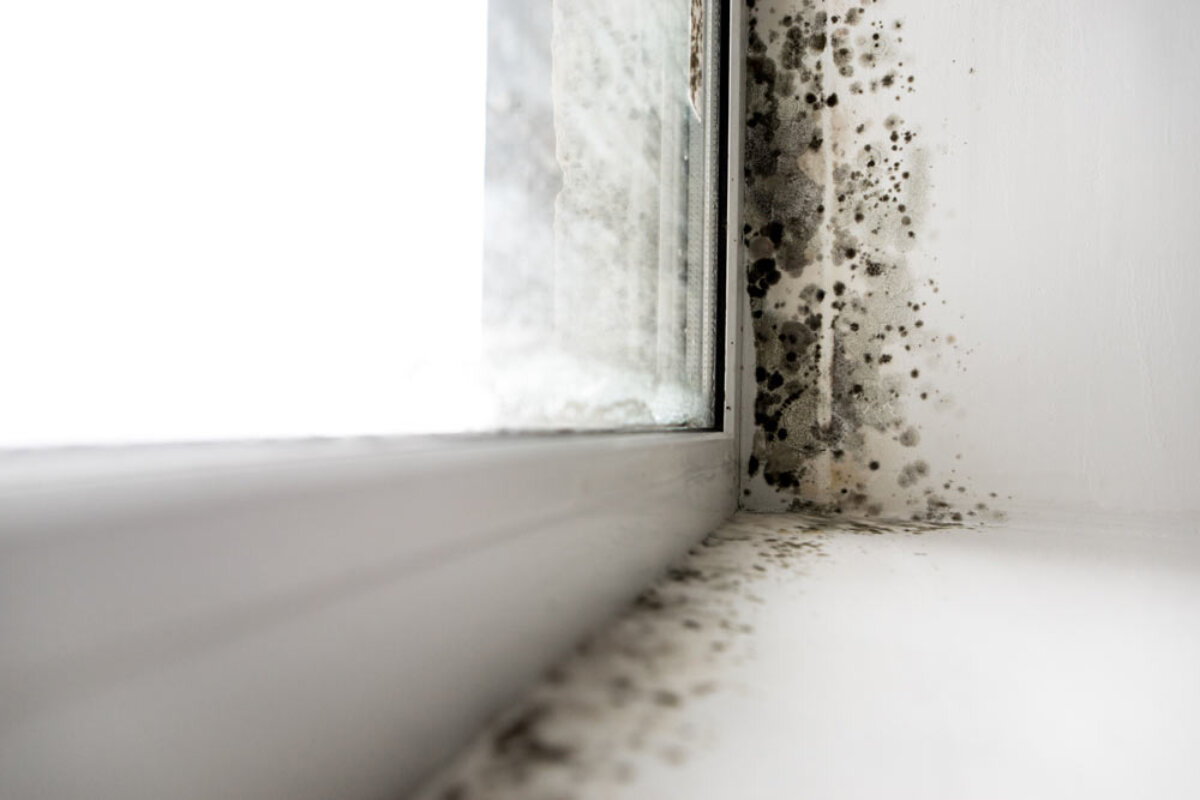Discovering mold in a home or business can be alarming. Mold not only damages the structure of the building but also poses significant health risks to occupants. Addressing mold promptly and effectively is crucial to minimizing its impact. In some cases, it might be necessary to contact a professional mold remediation service Here are the essential steps to take when you find mold in a home or business.
1. Assess the Mold Situation
The first step is to assess the extent of the mold growth. Mold can appear as black, green, white, or other colored spots on walls, ceilings, floors, or other surfaces. It often has a musty odor. Use protective gear like gloves, masks, and goggles to avoid direct contact with mold spores.
- Identify the Source: Mold thrives in damp environments. Check for leaks, water damage, or areas with high humidity. Common sources include leaking roofs, pipes, windows, and areas with poor ventilation.
- Measure the Area: Determine how widespread the mold is. Small patches (less than 10 square feet) can often be handled by property owners, but larger infestations may require professional mold remediation.
2. Protect Yourself and Others
Mold can cause health issues such as allergic reactions, asthma attacks, and respiratory problems. Protect yourself and others by taking the following precautions:
- Wear Protective Gear: Use gloves, N95 masks, and goggles to avoid direct contact with mold spores.
- Isolate the Area: Seal off the affected area to prevent mold spores from spreading to other parts of the building. Use plastic sheeting and tape to cover doorways and vents.
- Ventilate: Open windows and use fans to ventilate the area, but ensure that the air is being directed outside to prevent spores from contaminating other areas.
 3. Mold Remediation
3. Mold Remediation
The process of removing mold depends on the extent and location of the growth. Here’s how to tackle different scenarios:
- Small Areas: For minor mold problems, you can clean the area with a mixture of water and detergent. Scrub the mold off surfaces with a brush and rinse thoroughly. Avoid using bleach as it can cause more harm than good and does not effectively kill mold on porous surfaces.
- Porous Materials: Materials like drywall, ceiling tiles, and carpet may need to be discarded if they are heavily contaminated. Mold can penetrate these materials, making it difficult to remove completely.
- Non-Porous Surfaces: Clean non-porous surfaces like glass, metal, and plastic with water and detergent. For tougher mold, use specialized mold removal products available at hardware stores.
4. Fix the Underlying Problem
Addressing the source of moisture is critical to prevent mold from returning. This may involve:
- Repairing Leaks: Fix any leaks in roofs, walls, or plumbing immediately.
- Improving Ventilation: Increase air circulation in areas prone to moisture buildup. Use exhaust fans in bathrooms and kitchens, and ensure that appliances like dryers vent outside.
- Controlling Humidity: Use dehumidifiers to keep indoor humidity levels below 60%. In particularly humid climates, consider air conditioning to help control moisture.
5. Dry and Clean the Area
After mold removal, it’s essential to dry the area thoroughly to prevent recurrence. Use fans, dehumidifiers, and ventilation to dry out the space. Clean and sanitize the area to ensure no mold spores remain:
- Disinfect Surfaces: Use a disinfectant to clean surfaces that were affected by mold. Follow the manufacturer’s instructions for effective disinfection.
- Dispose of Contaminated Materials: Seal contaminated materials in plastic bags and dispose of them according to local regulations.
6. Monitor for Recurrence
Even after thorough cleaning, mold can return if moisture problems persist. Regularly inspect areas prone to mold growth and take preventive measures:
- Regular Inspections: Check areas like basements, attics, and bathrooms regularly for signs of moisture and mold.
- Maintain Low Humidity: Keep indoor humidity levels in check, especially during humid seasons.
- Prompt Repairs: Address any new leaks or moisture problems immediately to prevent mold from re-establishing.
7. Seek Professional Mold Remediation
For extensive mold problems, or if you are unsure about handling the situation yourself, it’s best to seek professional help. Mold remediation specialists have the expertise and equipment to safely and effectively remove mold. They can also help identify and fix underlying moisture problems.
- Professional Assessment: A professional can assess the extent of mold growth and provide a detailed plan for remediation.
- Safe Removal: Professionals use specialized equipment and techniques to safely remove mold and prevent its spread.
- Preventive Measures: Experts can advise on long-term solutions to keep your home or business mold-free.
Dealing with mold in a home or business requires prompt and thorough action. By assessing the situation, protecting yourself, taking care of the mold remediation, fixing the underlying problem, drying and cleaning the area, monitoring for recurrence, and seeking professional help if necessary, you can effectively manage and prevent mold growth. Remember, preventing mold is always easier than dealing with its consequences, so stay vigilant about moisture control and regular inspections.

